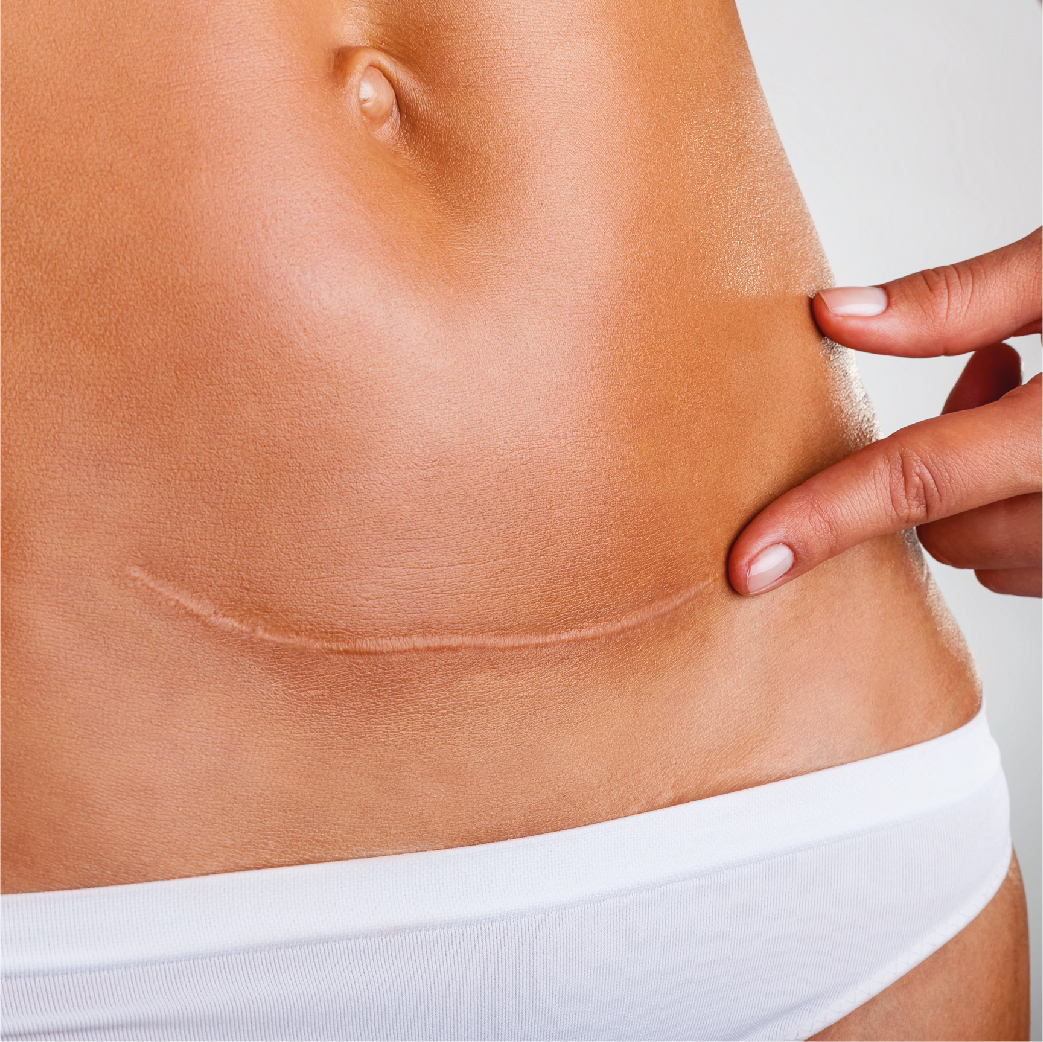What is gynecomastia?
Scar remove procedures will attempt to minimize a scar so that it is less conspicuous and blends in with the surrounding skin tone and texture.
Scars are visible signs that remain after a wound has healed. They are the unavoidable results of injury or surgery, and their development can be unpredictable. Poor healing may contribute to scars that are obvious, unsightly or disfiguring. Even a wound that heals well can result in a scar that affects your appearance. Scars may be noticeable due to their size, shape or location; they can also be raised or depressed, and may differ in color or texture from the surrounding healthy tissue.
Your treatment options may vary based on the type and degree of scarring and can include:
Simple laser treatments
surcical invasive procedures
Although scar remove can provide a more pleasing cosmetic result or improve a scar that has healed poorly, a scar cannot be completely erased.


What are the steps of a scar removal procedure?
Step 1 – Anesthesia
Medications are administered for your comfort during the surgical procedures. The choices include local anesthesia, intravenous sedation and general anesthesia.
Step 2 – The treatment
The degree of improvement that can be achieved with scar removal will depend on the severity of your scarring, and the type, size and location of the scar. In some cases, a single technique may provide significant improvement. However, your plastic surgeon may recommend a combination of scar revision techniques to achieve the best results.
Topical treatments, such as gels, tapes or external compression, can help in wound closure and healing to aid in the healing of scar revision procedures.
Injectable treatments may also be used. Dermal filler can be used to fill depressed or concave scars.
Step 3 – Performed an incision is needed to surgically remove for deep scars
Step 4 – Closing the incisions
What should you expect during your scar removal recovery?

Firs of all The practice of medicine and surgery is not an exact science. Although good results are expected, there are no guarantees; and in some situations, it may not be possible to achieve optimal results with a single surgical procedure and another surgery may be necessary. But generaly successful results can be obtained in theses procedures.
Progress and healing
The initial healing phase of a surgical scar remove may include localized swelling, discoloration or discomfort and may take 1 to 2 weeks. Healing will continue for several weeks and as the new scar heals it will slowly refine and fade. With dermabrasion, chemical peel or laser resurfacing, you will experience similar conditions at the treated area, in addition to overall sensitivity.
The final results of your scar remove surgery will be long lasting, however it may take several months for your final results to become apparent and in some cases it may take a year for the new scar to fully heal and fade.
What are the risks of scar removal?
The decision to have scar remove surgery is extremely personal and you’ll have to decide if the benefits will achieve your goals and if the risks and potential complications are acceptable. Your medical consultant will explain in detail the risks associated with surgery.
You will be asked to sign consent forms to ensure that you fully understand the procedure you will undergo, the alternatives and the most likely risks and potential complications.
Scar removal risks include:
- Anesthesia risks
- Asymmetry
- Bleeding
- Deep vein thrombosis, cardiac and pulmonary complications
- Fatty tissue found deep in the skin might die (fat necrosis)
- Fluid accumulation (seroma)
- Hematoma
- Infection
- Numbness or other changes in skin sensation
- Persistent pain
- Poor healing of incisions
- Possibility of revisional surgery
